Introduction
Brewing a large tea cake is an ancient practice that transforms compacted leaves into a symphony of flavors and aromas. These aged tea discs, often referred to as tea cakes or tea bricks, have been cherished for centuries across cultures for their complex taste profiles and ability to improve with age. However, mastering the brewing process requires patience, precision, and an understanding of the tea’s unique characteristics. This guide delves into the intricacies of preparing large tea cakes, from selecting the right tools to perfecting steeping techniques. Whether you’re a novice tea enthusiast or a seasoned connoisseur, this article will equip you with the knowledge to brew a cup that honors the tea’s heritage and elevates your sensory experience.
Understanding Large Tea Cakes: A Brief Overview
Large tea cakes, typically made from compressed leaves of varieties like Pu-erh, Hei Cha, or aged green tea, are dense discs formed through steaming, pressing, and aging. Their tightly packed structure preserves the leaves’ essence while encouraging slow fermentation, resulting in rich, earthy, or even medicinal notes. Unlike loose-leaf teas, tea cakes demand a deliberate approach to brewing, as their density requires careful loosening and controlled infusion times to avoid bitterness.
1 The Science Behind Aging and Flavor Development
Aged tea cakes undergo microbial fermentation over years or decades, breaking down bitter compounds like tannins and developing umami-rich amino acids. This process creates layers of flavor—from woody and leathery to sweet and floral. The longer the aging period, the smoother and more nuanced the tea becomes. However, improper brewing can mask these subtleties, emphasizing the need for technique.
2 Types of Large Tea Cakes
- Raw (Sheng) Pu-erh: Uncooked and aged naturally, offering grassy, floral, and astringent notes.
- Ripe (Shou) Pu-erh: Artificially fermented for a quicker maturation, with earthy, mellow flavors.
- Hei Cha: Aged black tea from regions like Hunan, known for its malty sweetness.
Each type requires slightly different brewing parameters, but the core principles remain consistent.
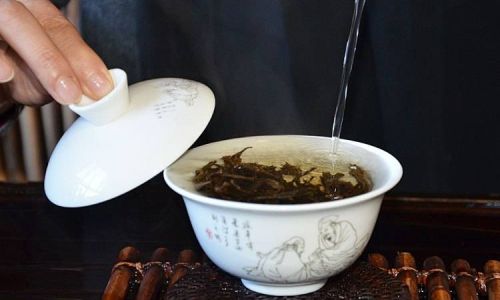
Essential Tools and Ingredients
To brew a large tea cake effectively, you’ll need the following:
1 Tea Knife or Pick
A sturdy, pointed tool is essential for gently prying leaves from the cake without crushing them. Avoid using knives with broad blades, as they may damage the leaves’ integrity.
2 Brewing Vessel
- Gaiwan: A lidded porcelain bowl ideal for multiple short infusions, allowing precise control over steeping time.
- Yixing Clay Teapot: Porous clay absorbs tea oils over time, enhancing flavor in subsequent brews.
- Glass Teapot: Useful for observing the leaves’ unfurling and color changes.
3 Water Quality and Temperature
- Water: Use filtered or spring water to avoid chlorine or mineral interference.
- Temperature: Ranges from 195°F (90°C) for delicate cakes to 212°F (100°C) for robust, aged varieties.
4 Accessories
- Strainer: To catch fine particles.
- Timer: Essential for consistent steeping.
- Scale: For measuring tea-to-water ratio accurately.
Step-by-Step Brewing Guide
1 Preparing the Tea Cake
- Loosen the Leaves: Insert the tea knife at an angle near the cake’s edge. Gently twist to pry off a 5–10 gram chunk (adjust based on cake size and personal preference). Avoid breaking the leaves into dust.
- Inspect the Leaves: Check for uniformity—larger pieces may require longer steeping, while smaller fragments infuse faster.
2 Rinsing the Tea (First Infusion)
- Purpose: Awakens the leaves, removes dust, and initiates unfurling.
- Method:
- Heat water to 205°F (96°C).
- Pour over the leaves, filling the vessel halfway.
- Swirl gently and discard the liquid within 5–10 seconds.
3 First Infusion
- Water-to-Tea Ratio: 1 gram of tea per 30ml of water (adjust for strength).
- Temperature: 205°F (96°C) for aged cakes; 195°F (90°C) for younger ones.
- Time: 10–20 seconds.
- Observation: Leaves will begin to unfurl, releasing a light amber hue.
4 Subsequent Infusions

- Increment Steeping Time: Add 5–10 seconds per infusion to extract deeper flavors.
- Adjust Temperature: Maintain heat for consistency, or slightly lower it for delicate cakes.
- Flavor Evolution: Expect transitions from light, floral notes to bold, earthy undertones.
5 Serving and Tasting
- Aroma: Inhale deeply before sipping to appreciate the tea’s bouquet.
- Taste: Note the balance of bitterness, sweetness, and umami.
- Mouthfeel: Aged teas often have a velvety texture, while younger ones may be more astringent.
Optimizing the Brewing Process
1 Water Temperature Control
- Higher Heat: Extracts boldness but risks bitterness if oversteeped.
- Lower Heat: Preserves subtlety but may under-extract older cakes.
2 Tea-to-Water Ratio
- Strong Brew: Use 1:15 ratio (e.g., 10g tea to 150ml water).
- Mild Brew: Use 1:20 ratio for a lighter taste.
3 Experimentation with Steeping Time
- Gongfu Style: Short, frequent infusions (5–30 seconds) for layered complexity.
- Western Style: Single long infusion (3–5 minutes) for a bolder cup.
4 Aging and Storage Considerations
- Dry Storage: Preserves clarity and floral notes.
- Humid Storage: Accelerates fermentation, yielding darker, earthier flavors.
Common Mistakes to Avoid
1 Using Boiling Water Immediately
- Issue: Scorches delicate leaves, causing bitterness.
- Fix: Let boiling water cool for 1–2 minutes before steeping.
2 Not Rinsing the Tea
- Issue: Leaves residual dust, clouding the brew.
- Fix: Always perform a quick rinse, even if the cake appears clean.
3 Overpacking the Vessel
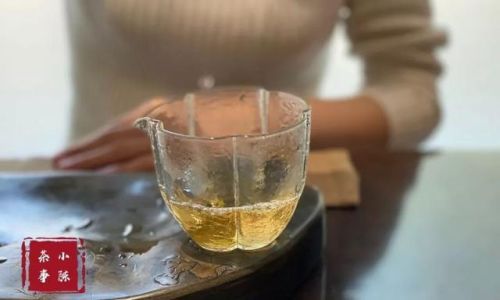
- Issue: Restricts leaf expansion, leading to uneven extraction.
- Fix: Use 1/3 to 1/2 of the vessel’s capacity for optimal unfurling.
4 Ignoring Brewing Vessel Material
- Porous Clay: Absorbs flavors—ideal for dedicated Pu-erh pots.
- Glass/Porcelain: Neutral, suitable for tasting multiple teas.
Advanced Techniques for Enthusiasts
1 Multiple Infusions and Declining Strength
- Method: After 5–6 infusions, gradually increase steeping time to maintain flavor.
- Benefit: Reveals hidden layers of the tea’s character.
2 Blending Aged and Young Teas
- Technique: Combine a portion of an aged cake with a younger one to balance boldness and freshness.
- Result: A harmonious blend of complexity and vibrancy.
3 Cold Brewing
- Process: Steep tea in cold water for 6–8 hours.
- Outcome: Smooth, sweet profile with minimal astringency.
Pairing Suggestions
- Savory Snacks: Nuts, dried fruits, or dark chocolate complement earthy notes.
- Light Meals: Steamed dumplings or rice dishes enhance the tea’s umami.
- Desserts: Avoid overly sweet treats; opt for mild cheeses or honeycomb.
Conclusion: The Journey of Brewing
Brewing a large tea cake is more than a ritual—it’s a dialogue between brewer and leaf. Each step, from prying to pouring, invites mindfulness and appreciation for the tea’s journey from tree to cup. Experimentation is key: adjust variables like time, temperature, and ratio to discover your ideal brew. As you grow more adept, you’ll unlock the tea’s hidden stories, one sip at a time. Whether shared with friends or savored in solitude, a well-brewed tea cake offers a moment of tranquility and a taste of tradition.
Final Thoughts
Mastering the art of brewing large tea cakes is a rewarding endeavor that deepens your connection to tea culture. By respecting the leaves’ age, density, and origin, you transform a simple act into a profound experience. So boil your water, prepare your tools, and embark on a journey where every infusion reveals a new chapter in the tea’s timeless narrative.
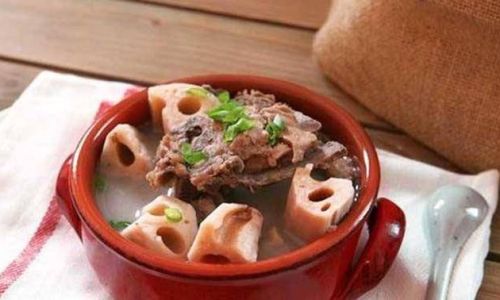
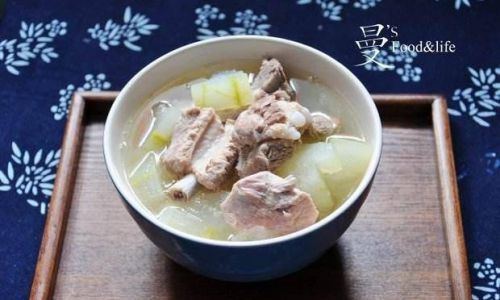

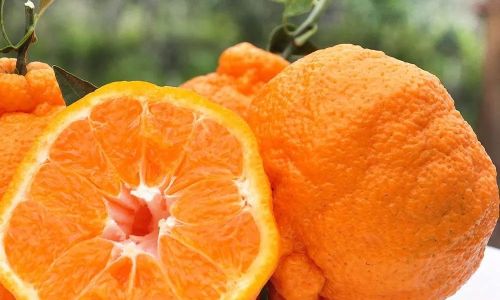
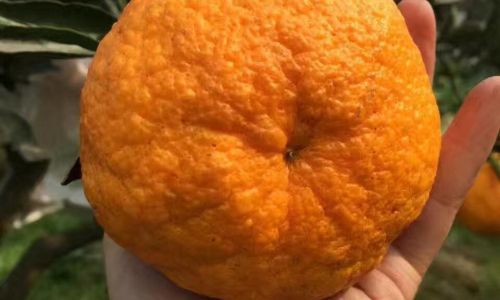
0 comments